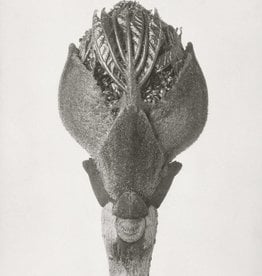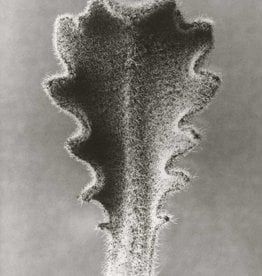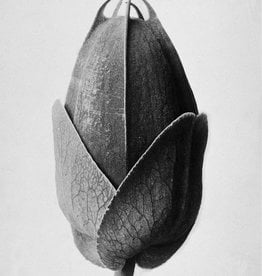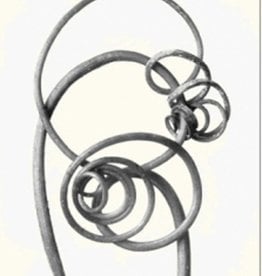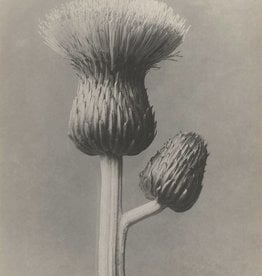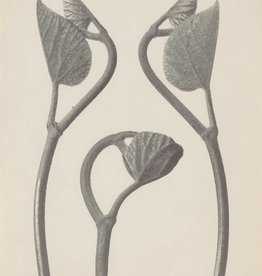Karl Blossfeldt - The Alphabet of Plants
Monography
Edition from 2020, first published in 1997
Text in English and German
Publication by Schirmer/Mosel
95 p. with black & white images
Paperback
Karl Blossfeldt (b. 1865 - d. 1932, Germany) was selftaught and since his youth a great lover of nature. As sculptor and modeller in a foundry for artwork, he used flowers and plants as inspiration for decorations. His participation in a study project in Italy under the guidance of Moritz Meurer in the 1890s became a turning point in his career for it was during this project that Blossfeldt began to systematically collect and photograph plants. His documentation served an artistic rather than scientific purpose. Blossfeldt wanted to study archetypes of nature through means of photography. Just as his teacher Meurer, he believed that archetypes were a source of inspiration for architecture, drawing and painting. Blossfeldt photographed flowers and other plants with the aid of hand-made large-format cameras. He pruned away branches and leaves before photographing his specimens against a neutral background in close-up, to effect sleek geometric patterns. Blossfeldt is considered one of the pioneers of New Objectivity. He used his photo archive to serve his art instruction at the United State Schools for Fine and Applied Arts. Over the course of his life Blossfeldt made several thousand exposures.
